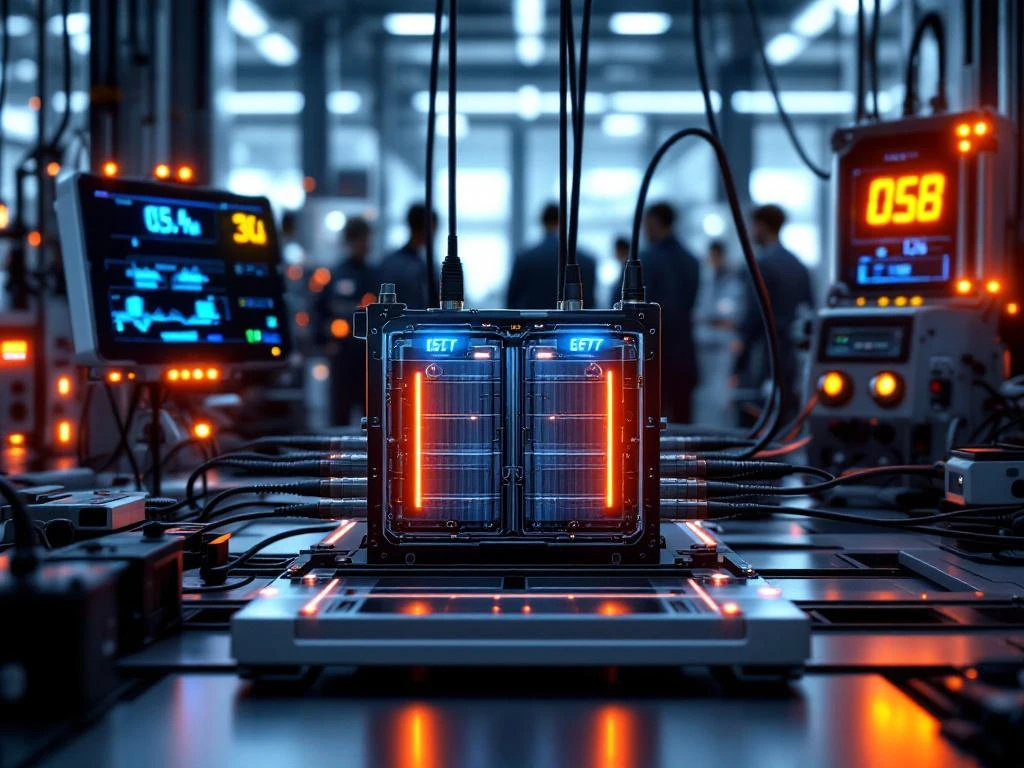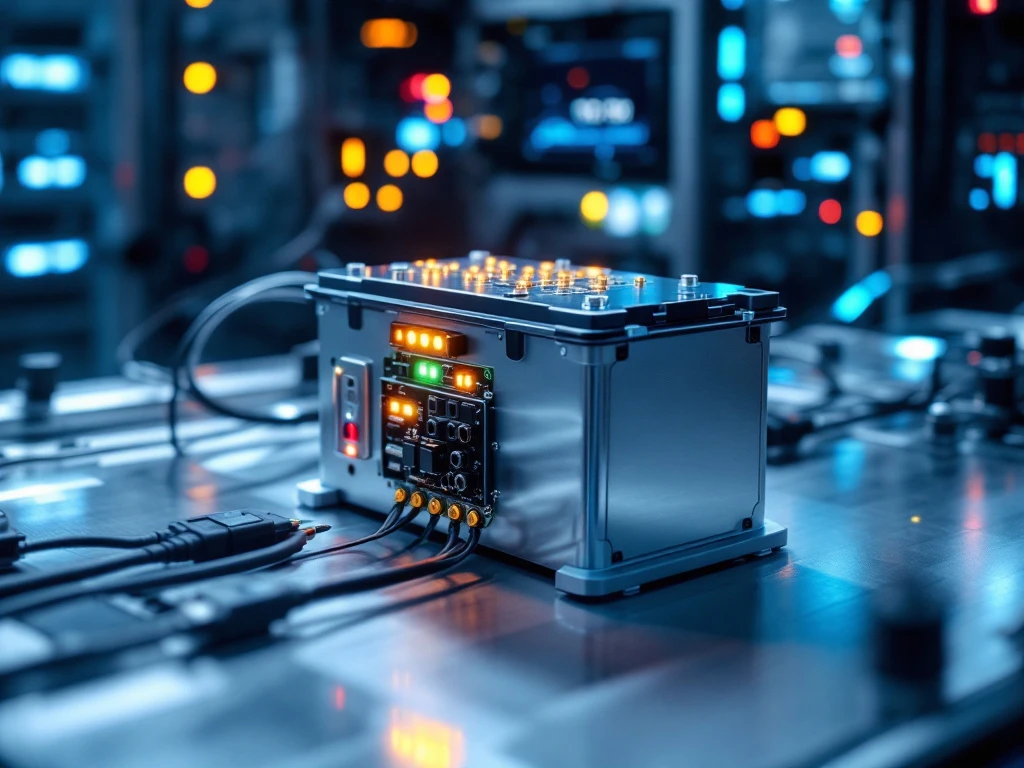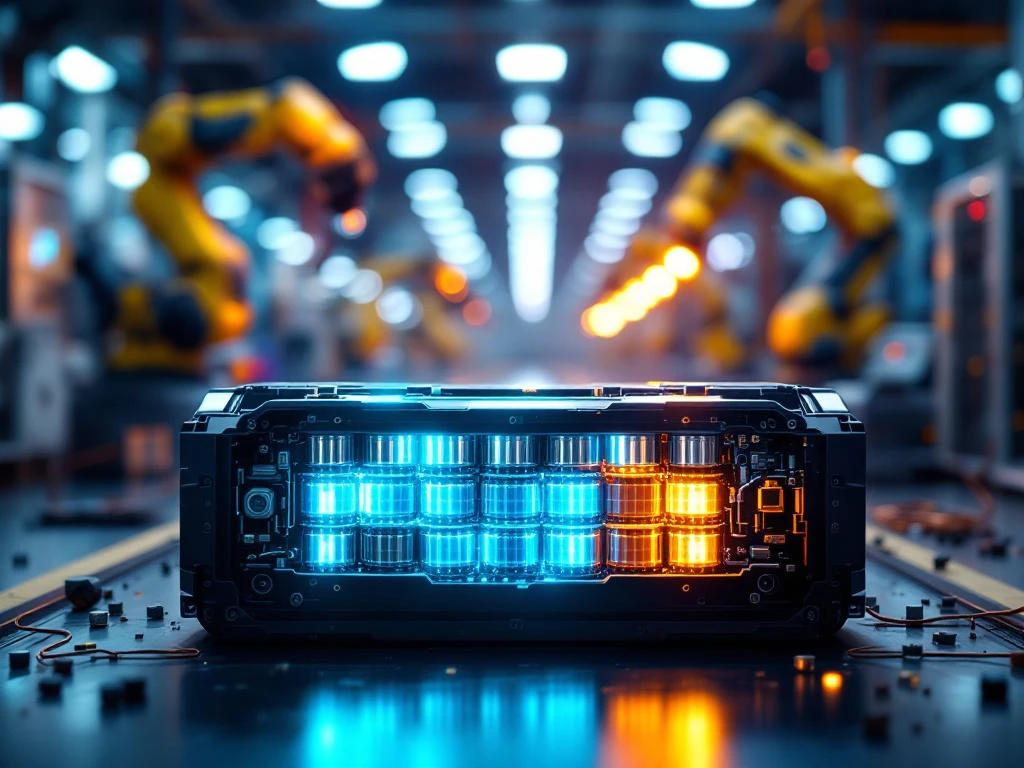Electric racing pushes battery technology to its absolute limits. When you’re dealing with extreme acceleration, sustained high-power output, and split-second timing that can determine victory, every component needs to perform flawlessly. Traditional air-cooled battery systems simply can’t handle the intense demands of competitive electric racing, where temperatures can spike dramatically and power delivery must remain consistent throughout the entire race. That’s where liquid-cooled battery technology steps in to revolutionise electric power EV performance on the track.
1. Superior heat dissipation under extreme conditions
Racing environments create the perfect storm for battery overheating. During intense acceleration phases and sustained high-speed sections, your e-racing battery generates enormous amounts of heat that must be managed effectively. Liquid cooling systems excel here by using coolant that flows directly around battery cells, absorbing heat far more efficiently than air-based systems ever could.
The physics are straightforward – liquids have much higher thermal conductivity than air, meaning they can absorb and transfer heat away from critical components much faster. This becomes particularly important during those crucial moments when you need maximum power output for overtaking or defending position. With liquid cooling, your battery cells maintain optimal operating temperatures even when pushed to their performance limits.
Unlike air cooling systems that rely on fans and ambient temperature, liquid cooling provides consistent thermal management regardless of external conditions. Whether you’re racing in scorching desert heat or humid coastal climates, your cooling system maintains the same level of performance, giving you predictable power delivery when it matters most.
2. Consistent power delivery throughout the race
Power throttling is the enemy of competitive racing. When battery temperatures rise beyond safe operating limits, the battery management system automatically reduces power output to prevent damage. This thermal throttling can strike at the worst possible moment – during a crucial overtaking manoeuvre or whilst defending your position.
Liquid-cooled systems prevent this scenario by maintaining consistent operating temperatures throughout the entire race duration. Your Formula E Battery Packs can deliver full power from the starting grid to the chequered flag without the performance degradation that plagues air-cooled alternatives. This consistency translates directly into competitive advantage on the track.
The temperature stability also means your energy management strategies become more predictable. You can calculate power consumption and regeneration rates with greater accuracy, allowing for more aggressive race strategies without the fear of unexpected power limitations due to thermal issues.
3. Extended battery lifespan and reliability
Heat is the silent killer of battery cells. Every degree above optimal operating temperature accelerates chemical degradation within the cells, reducing both capacity and overall lifespan. In racing applications where batteries represent significant investments, this degradation can quickly become costly.
Liquid cooling systems maintain cells within their ideal temperature range, dramatically reducing thermal stress and the associated degradation. This means your battery packs maintain their performance characteristics longer, providing consistent power output across multiple race seasons rather than gradually declining after just a few events.
The reliability benefits extend beyond just longevity. Temperature-controlled environments reduce the likelihood of cell failures, voltage imbalances, and other thermal-related issues that can sideline your vehicle during critical racing moments. For racing teams, this reliability translates into fewer DNFs (Did Not Finish) due to battery-related failures. These reliability under load characteristics become essential when every race point matters in championship standings.
4. Enhanced safety through temperature control
Safety in electric racing isn’t just about driver protection – it’s about preventing dangerous thermal events that could affect everyone at the track. Thermal runaway, where battery cells overheat and potentially catch fire, represents one of the most serious risks in electric vehicle racing.
Liquid cooling systems provide multiple layers of safety protection. The cooling system itself acts as a heat sink, preventing dangerous temperature spikes that could trigger thermal runaway. Additionally, liquid cooling systems typically include sophisticated temperature monitoring throughout the battery pack, providing early warning of potential issues before they become dangerous.
The controlled thermal environment also allows for better integration with fire suppression systems and emergency protocols. Racing officials and safety crews can respond more effectively when they have real-time temperature data and confidence that the cooling system is actively managing thermal risks.
5. Optimised weight distribution and packaging flexibility
Aerodynamics and weight distribution are crucial in racing, and liquid cooling systems offer significant advantages in both areas. The compact nature of liquid cooling components allows for more flexible battery pack designs that can be optimised for the vehicle’s centre of gravity and aerodynamic requirements.
Unlike bulky air cooling systems that require large fans, ducts, and air circulation space, liquid cooling uses slim tubes and compact pumps that can be routed efficiently throughout the vehicle. This flexibility allows engineers to position battery cells in optimal locations for weight distribution without compromising cooling performance.
The packaging advantages become particularly important when integrating new battery technology for electric cars into existing chassis designs. Liquid cooling systems can adapt to space constraints and unusual mounting requirements that would be impossible with traditional air cooling approaches.
Making the right choice for your racing application
The benefits of liquid-cooled batteries in electric racing applications are clear – superior thermal management, consistent performance, enhanced safety, and design flexibility all contribute to competitive advantages on the track. These systems represent the current state-of-the-art in high-performance electric vehicle applications, from professional Formula E racing down to amateur track day events.
When considering liquid cooling for your racing application, factors such as power requirements, race duration, ambient operating conditions, and packaging constraints all play important roles in system design. The initial investment in liquid cooling technology pays dividends through improved performance, reduced maintenance costs, and enhanced safety margins.
Whether you’re building a professional racing vehicle or developing advanced electric power systems, liquid cooling represents the most effective solution for managing the thermal challenges of high-performance battery applications. If you’re ready to explore how liquid-cooled battery systems can enhance your racing performance, we’d love to discuss your specific requirements and help you find the optimal solution – simply contact our team to get started.


